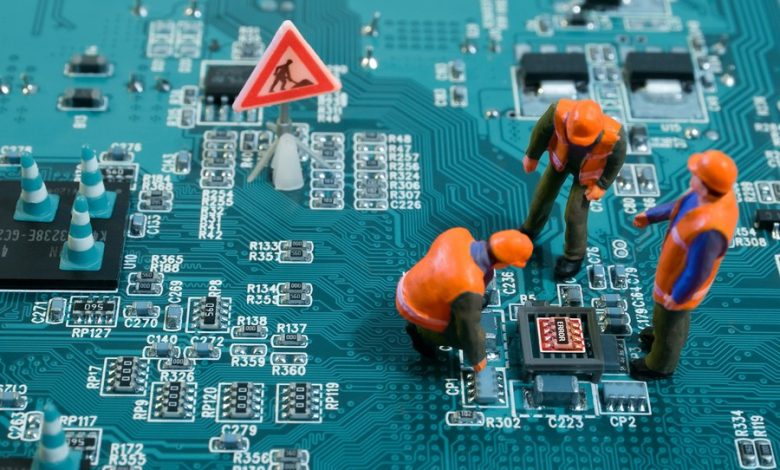Electronics Repair Made Easy: Learn the Basics Today!
From smartphones and laptop computers to household appliances and automobiles, electronics have become an indispensable part of our daily lives.

From smartphones and laptop computers to household appliances and automobiles, electronics have become an indispensable part of our daily lives. These devices, however, can malfunction or break down over time, leaving us with the choice of buying a new one or repairing the old one. Many people choose to repair their electronics in order to save money and reduce waste, but opening up a device can be intimidating. In this article, we will go over the fundamentals of electronics repair to help you get started and save money.
Why Should You Repair Your Electronics?
The most important reason for repairing electronics is to save money. A new device can be costly, and repairing it can often be less expensive than purchasing a new one. Furthermore, repairing electronics is a more environmentally friendly option because it reduces electronic waste. It also helps to keep your device running for longer periods of time, thereby extending its lifespan.
Electronics Fundamentals
Before you begin repairing electronics, you must first understand how they work. Resistors, capacitors, and transistors are examples of electronic components. These components work together to form electronic circuits, which serve as the foundation of all electronic devices.
Electronics Repair Requirements
You’ll need a few basic tools to get started with electronics repair. A multimeter, screwdriver set, soldering iron, wire strippers, and pliers are among them. Depending on the type of repair, you may also require additional specialized tools.
Repairs for Common Electronics
Replacement of a Screen
Replacing a broken or cracked screen is one of the most common electronic repairs. When compared to purchasing a new device, this repair is relatively simple and can save you hundreds of dollars. However, it is critical to purchase the correct replacement screen and carefully follow the manufacturer’s instructions.
Replacement of a battery
If your device’s battery is no longer charging or is bulging, it’s time to replace it. Battery replacements are simple and require only a few basic tools. To ensure a safe replacement, make sure to buy the correct battery and follow the manufacturer’s instructions.
Charging Port Upgrade
If your device is no longer charging or if the charging port has been damaged, it’s time to replace it. Charging port replacements can be more difficult than other repairs and may necessitate the use of specialized tools. To avoid damaging your device, carefully follow the manufacturer’s instructions.
Repair of Water Damage
If your device has been submerged in water, you must act quickly to avoid permanent damage. Before attempting any repairs, remove the battery and any other removable components and allow the device to dry completely. Water damage is more difficult to repair than other types of damage, so if you’re unsure, take your device to a professional.
Tips for Electronics Repair Safety
It is critical to follow safety protocols when repairing electronics to avoid injury or damage to your device. Before attempting any repairs, always unplug the device from the power source. When working with electronics, use protective equipment such as gloves and safety glasses. Finally, to avoid damaging your device, always carefully follow the manufacturer’s instructions. Try Wanderlab if you want to maintain and repair your electronics.
Conclusion
Electronics repair can be intimidating, but it’s a skill that anyone can learn with the right tools, knowledge, and safety precautions. Repairing your electronics can help you save money, reduce waste, and increase the life of your devices. We hope this article has taught you the fundamentals of electronic repair and inspired you to try repairing your own devices.





